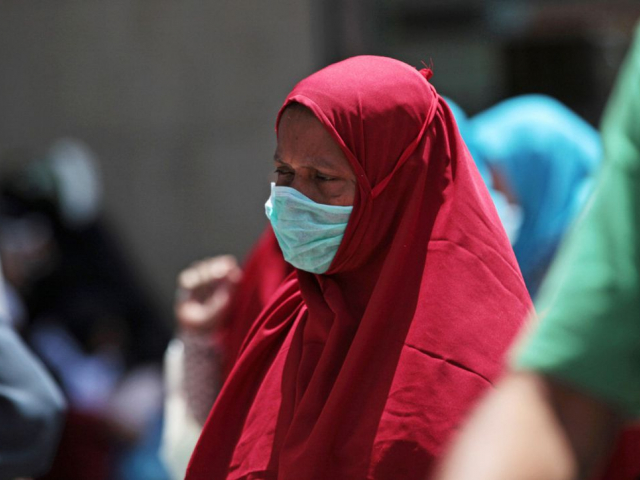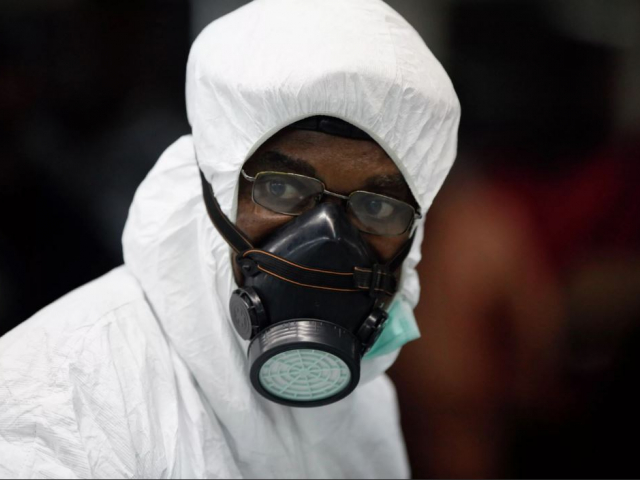
Top 7 winter drinks from around the world
Winter is the perfect time to curl up in a warm blanket and enjoy drinks that bring coziness and holiday cheer. Here are seven winter drinks that are perfect for cold days




SARS
Severe Acute Respiratory Disease (SARS), caused by the SARS coronavirus, broke out in November 2002 in the southern Chinese province of Guangdong.
Originally, the virus was circulating in Chinese populations of civets and bats. The killer strain that arose from these animals spread to 37 countries. Overall, the SARS virus claimed the lives of 916 people.
Italian virologist Carlo Urbani, who later also died from the disease, played a leading role in organizing prompt quarantine measures that saved the lives of many people.

Avian flu
Avian flu is a disease that causes a pestilence of domestic poultry such as chickens, ducks, and geese. Notably, this virus has been mentioned since the XIX century under various names.
The causative agent of the dangerous virus in 2007 was a highly pathogenic strain H5N1. The contagious virus came from China where it was circulating among various species of birds and animals. Fortunately, there were not too many cases of the infection since the virus is thought to spread mainly from birds to humans, not person-to-person. However, in 60% of cases, people died from avian flu.
The last lethal outcome was recorded in 2014.

Swine flu
Swine flu is one of the many subtypes of the H1N1 influenza virus. Pigs are the principal hosts of the classic swine influenza virus.
First cases of the infection occurred in 2009 in Mexico City and within 3 months, the A/H1N1 virus had spread to a total of 74 countries and regions. A great number of animals had been slaughtered but the virus mutated and crossed the interspecies barrier.
In severe cases, swine flu led to a lethal outcome. Thanks to the global vaccination measures taken at the end of the summer of 2010, the epidemic was stopped. The last A/H1N1 outbreak was reported in 2015.

MERS
The Middle East respiratory syndrome also belongs to coronaviruses. It can be detected only by laboratory testing.
MERS appeared in Saudi Arabia in 2012. Unlike other flu strains, it is a highly dangerous virus because it leads to death in more than 30% of cases.
Scientists are still unable to determine what exactly caused the mutation of the virus and under what circumstances. Although there is a hypothesis that camels may be the primary source of infection for humans.
People sometimes get infected by the disease but the virus has no known cure. Therefore, clinical trials of the vaccine are underway.

Ebola
In 2014, Ebola swept through the countries of West Africa, becoming the largest epidemic in the region. Curiously enough, the pathogens of hemorrhagic fever are five viruses transmitted by bats and monkeys.
The symptoms of fever are very severe: weakness, headache, abdominal pain, bleeding from the mucous membranes, and dehydration.
In the 1970s, the fatality reached 90%. Nowadays it is significantly lower but there is no vaccine that has been successfully tested on humans. The Ebola outbreak eased in December 2015. According to the World Health Organization, it claimed the lives of more than 22 thousand people.

Winter is the perfect time to curl up in a warm blanket and enjoy drinks that bring coziness and holiday cheer. Here are seven winter drinks that are perfect for cold days

Despite the widespread belief that ultra-wealthy individuals are leaving big cities in search of privacy, most still prefer to live in bustling metropolises, according to the latest billionaire census conducted by Altrata. Let's explore which cities today have the largest concentration of people with a fortune exceeding $1 billion

The European Union currently includes 27 member states, but the interest in joining continues to grow, with an increasing number of countries aspiring to become part of the bloc. This article highlights the countries advancing toward European integration and examines where they stand on this path